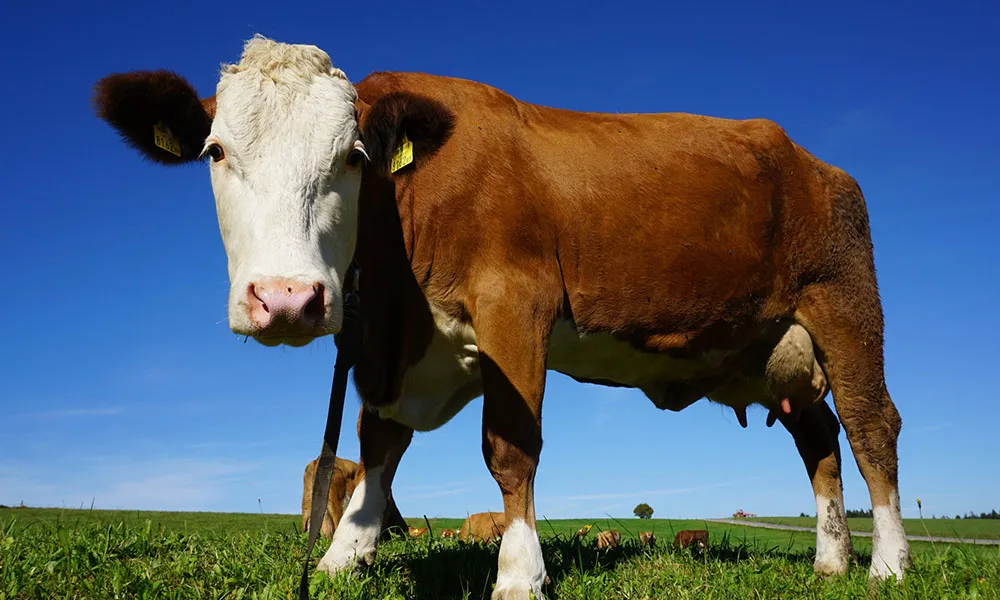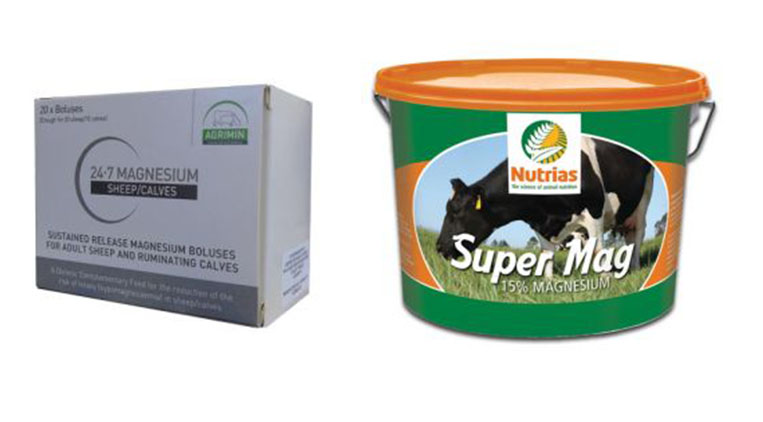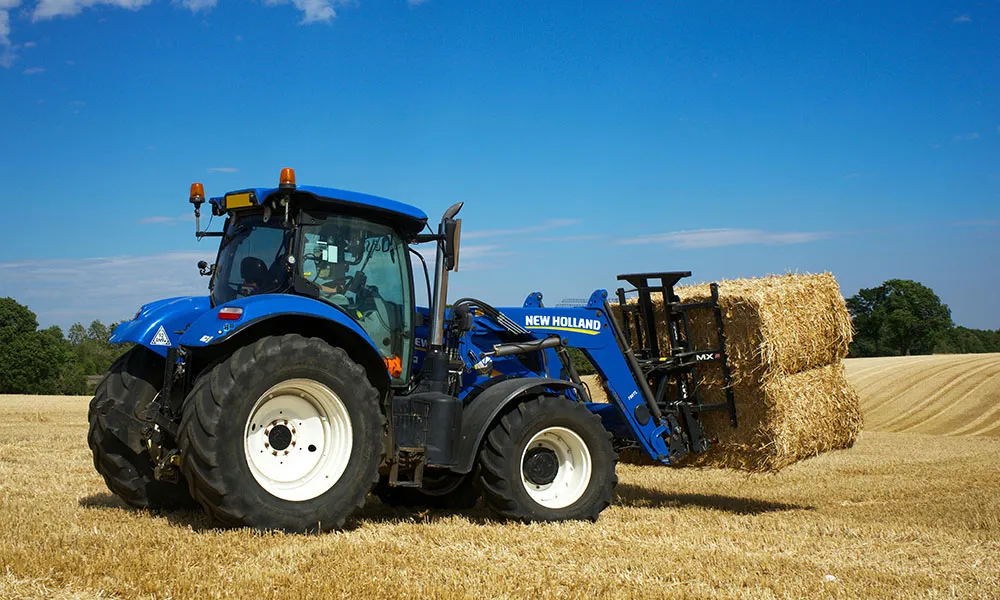
As grass starts to grow rapidly in the May heat, Agridirect.ie warns farmers of the risk of grass tetany and offers some advice on prevention and treatment.
Great Growing Weather
As temperatures rose over the last couple of weeks to a balmy 17 or 18 degrees, many of us caught the first smells of approaching summer in the air. After an extended winter that saw nights of frost well into April, May has given us a sliver of hope for the farming year ahead. Grass growth, which has been rapid and noticeable since the weather picked up, is welcome. At the very least, we now have pasture to turn cattle onto.
Risk
But while we may well rejoice at this sudden explosion in growth, we should also exercise extreme vigilance. Because it grows rapidly at this time of year, spring grass is often low in key nutrients, most notably magnesium. As lactating cows and ewes gorge themselves on the spring forage, the risk of tetany is extremely high.
Grass Tetany: what is it?
Experienced farmers rarely require a briefing on this silent killer. Grass tetany, or hypomagnesemia, is a metabolic illness caused by a lack of magnesium in the blood of lactating cows and sheep. The many distractions of calving and lambing season makes it easy to forget that milk production places huge strain on a mother’s mineral supply. The calf or lamb is draining away a lot of the minerals in the dam’s blood, and spring pasturage doesn’t have the nutritional value to replace it. If she can’t find enough magnesium in her diet, or she is unable to absorb it, she might succumb to hypomagnesemia and grass tetany.
Signs and symptoms
Although it is one of the biggest killers of ewes and cows in the weeks after turnout, some farmers don’t recognise the symptoms. There is an obvious reason for this. Animals suffering from grass tetany look like they have been poisoned. This is because magnesium is vital for the proper functioning of the nerves and muscles.
Cows and ewes with hypomagnesemia may appear skittish and hyper. They froth from the mouth and stagger about wildly. As the condition worsens, they are unable to stay on their feet at all. Trembling and tremors are also typical of the condition, especially as it worsens. If you see this combination of symptoms in lactating cows and ewes on fresh spring pasture, tetany is the most likely cause.
How can we prevent it?
Fortunately, there are several steps that we can take to mitigate the risk of our animals succumbing to grass tetany. For a start, it is essential that we avoid putting down too much nitrogen on fields intended for grazing. Nitrogen strips the soil of magnesium and other essential elements and produces deficient grazing feed.
Similarly, reducing the application of muriate of potash (K) or splitting its application over the grazing season, will also improve the nutrient content of grass and thereby reduce the risk of grass tetany. Fields that have been subject to heavy potash application should not be used for grazing.
Then there are the dietary supplements that we can provide for animals. In the first instance, it is a good idea to leave a bale of hay in the field where cattle are grazing. Hay is high in fibre and will aid in the digestion and absorption of magnesium. This is not a failsafe approach, however, as many cattle will ignore hay when there is fresh grass available.
Similarly effective but problematic are mineral licks that are high in magnesium, such as Herdminder or Super Mag. If cattle use them, these are highly effective at preventing the onset of tetany. Again, though, not all cattle can be convinced to take to the bucket lick. Disliking the taste, many will ignore it.
And finally, there is the bolus option. This is arguably the most effective approach, albeit the most expensive too. If administered correctly, pre or post-calving boluses will ensure that your animal is provided with a slow and steady release of magnesium over the risk period. Among these, Opti-Mag 3 and 24/7 Magnesium are highly effective.












